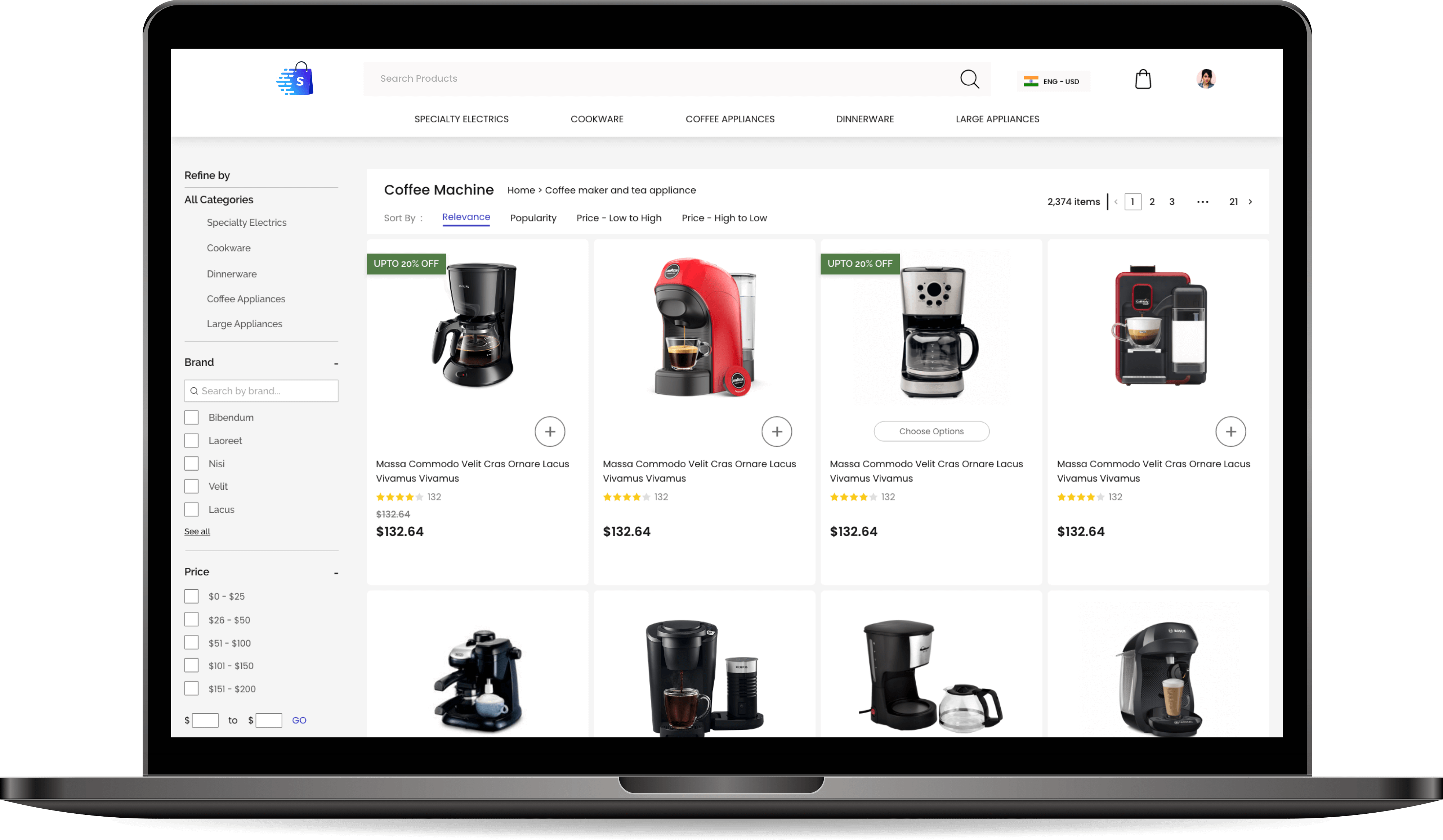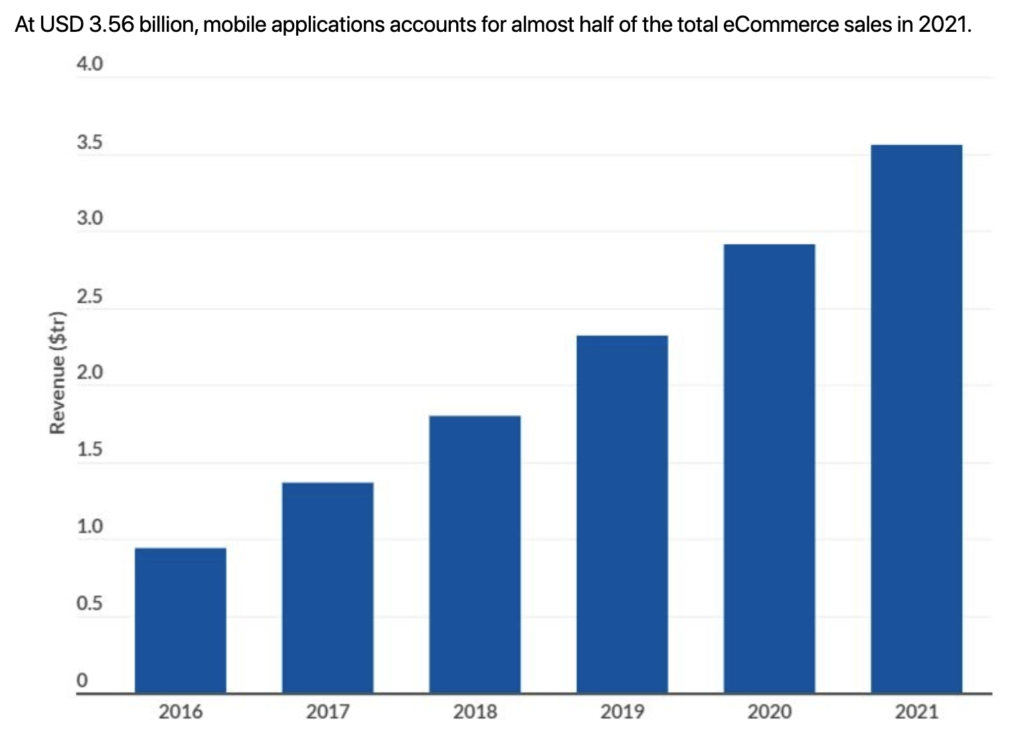Running a Multivendor Marketplace Platform is not an easy nut to crack.
Although one can manage it with a sound knowledge of web design, and good marketing skills. If you are a business owner, you need to make sure there are vendor friendly features that can assist vendors to manage their requirements on the platform easily.
Here we discuss how to manage a multivendor marketplace platform. Vendors can make or tarnish your image. Hence, reputation management is your responsibility along with acquiring and vendor onboarding. This is a critical step in establishing an excellent multivendor marketplace business.
A vendor performance management system in place can enable you to keep an eye on how well they are operating. Make sure that vendors adhere to marketplace policies and guidelines, legal compliance, and regulations to steer clear from unwanted litigations.
Vendors can play a significant role in helping businesses with faster deliveries and providing users with the best marketing and promotional offers.
How To Manage A Multivendor Marketplace Platform
More vendors on your platform equates to, more management being required from your end. Make sure that vendors have a super smooth experience on your site. You have to make sure that vendors are able to sell their products conveniently and that product images are optimised.
Ensure that they can retain customers by maintaining the quality of their products. Also, technology comes to your rescue when you are turning your online store into a Multivendor Marketplace. Technology helps you handle your store, your orders, shipments, and helps you track and manage your products.
This blog will throw light on necessary skills and technology required for the smooth functioning of your multivendor marketplace and help you to manage a multivendor marketplace platform.
Best Practises To Manage A Multivendor Marketplace Platform
Managing a multivendor marketplace platform can be a complex task, but here are some best practices to manage a multivendor marketplace platform effectively:
1. Inventory Management
Managing the inventory of the vendors is an important requirement of a multivendor marketplace platform. Having enough products and the capability to get more without delay is imperative. Tools like Search engine optimisation (SEO) help you in data analysis and understanding market trends. It also gives you insights as to whether there would be a big upcoming demand in the near future.
Also, (UX) design tools are reliable and can be used to make products that provide a meaningful and relevant user experience. Some tools are dependable when it comes to balancing demand and supply.
Make sure that products are available in numbers so that your customers do not turn to your competitors. Managing inventory by: –
- Enabling vendors to upload their own products.
- Vendor products should be uploaded manually as they know their products well.
Store admins can approve or reject the products uploaded by the vendor before going live on the website. In order to encourage vendors to upload products use features like rating, seller fees, and reviews.
2. Order Management
Once you start receiving orders, you can organise them. This is an important step as it gives you the necessary clarity and capability to manage your orders efficiently and get them shipped on time.
Communication with vendors should be conducted in time so as to ship the orders in time. Thus, you or the vendor should be able to update the order status. Establish clear guidelines and policies for vendors to ensure they understand what is expected of them in terms of product quality, customer service, shipping times, and payment processes.
3. Shipping
As an admin, you must make sure that the orders are shipped out without delay. You can permit different shipping methods to manage the quality of the shipping and avoid inconvenience for your clients and make sure to keep up with your commitment.
To manage a multivendor marketplace platform efficiently, the shipping policy is important for making things coherent. This is with regard to delivery charges, delivery time, and rate. This ensures good customer service and support.
4. Data analysis and reporting
Times are changing and so are the ways of getting an insight into your business. Sales Report helps you to capture the performance of your vendors and suppliers. Also, they throw light into the revenue each vendor is helping you to earn.
While managing the multivendor store, it is always good to check out individual sales reports. This will give you a clear picture of whether vendors are performing efficiently or not.
Always look to continuously improve your platform by soliciting feedback from customers and vendors, analysing data to identify areas for improvement, and implementing changes that will enhance user experience.

5. Branding
If possible, help your vendors with branding too. This has a positive impact. Users should be able to develop a connection with your brand. This should help your Multivendor marketplace gain prominence.
Brands like eBay have achieved this milestone, which has helped them to distinguish themselves from sellers to a more consolidated platform where reliable products are available.
Use Emails, Social Media, newsletters, and Loyalty programs to brand your multivendor website. This will help you develop a competitive edge and ensure you stand out from the competition. This will also assist in the scalability and expansion planning of your multivendor marketplace.
6. Vendor Payment
Generally, all the money from orders in a multivendor marketplace platform goes to the marketplace owner. This ensures that customers need to make a single consolidated payment for products they order from various vendors. When an order is received it gets automatically split into multiple orders, so that each vendor can manage their own part.
After the marketplace owner receives the money, they would have to distribute it among vendors. There’s an accounting page for that purpose which tracks vendors’ account balance and provides the necessary tools for money management:
Vendors look for quick settlements. This can be done by: –
- Payment schedule can be on a monthly basis or every fortnight.
- Making use of an automatic payment mode (as in order processing) also can be inculcated.
7. Selecting the right online store platform
Multivendor websites need many capabilities and efficiency in their operations. Hence, robust technology is required to support platform maintenance and updates. Also to ensure platform security and fraud prevention is available at all levels.
Shopify, and Opencart are some of the technologies that are reliable. They provide necessary help to manage multivendor marketplace platform along with add-ons and tools that come with it. This gives you the resilience and performance you need to meet industry standards.
Utilize technology to streamline processes such as order management, payment processing, and inventory management. This can help reduce the workload for vendors and improve the customer experience.

8. Monitor Vendor Performance
Monitor vendor performance, including customer feedback, delivery times, product quality, and customer support. Identify underperforming vendors and work with them to improve their performance, or consider removing them from the platform if necessary.
It’s essential to provide excellent customer support to your customers, including timely responses to queries and complaints. Customers will associate their experience with the marketplace platform as a whole, so ensure their interactions are positive.
Protect your platform from fraud and abuse by implementing security measures such as two-factor authentication, monitoring for suspicious activity, and verifying vendors’ identities.
Conclusion: How To Manage A Multivendor Marketplace Platform
Foster relationships with your vendors, providing them with feedback on their performance, and helping them to grow their business. Offer incentives for high-performing vendors, such as discounts on commissions or increased exposure on the platform.
Overall, managing a multivendor marketplace platform requires a balance of effective communication, strong relationships, and robust technological solutions to ensure that vendors and customers are satisfied and the platform is thriving.
After an Engineering degree and a Diploma in Management I devoted 16+ years working in the automotive industry. My innate skill and extreme passion in writing, encouraged me to adopt it up as a profession. I have been writing for more than 10+ years in the software industry. The 400+ blogs I published are informative, exhaustive and interesting to a professional and causal reader.











